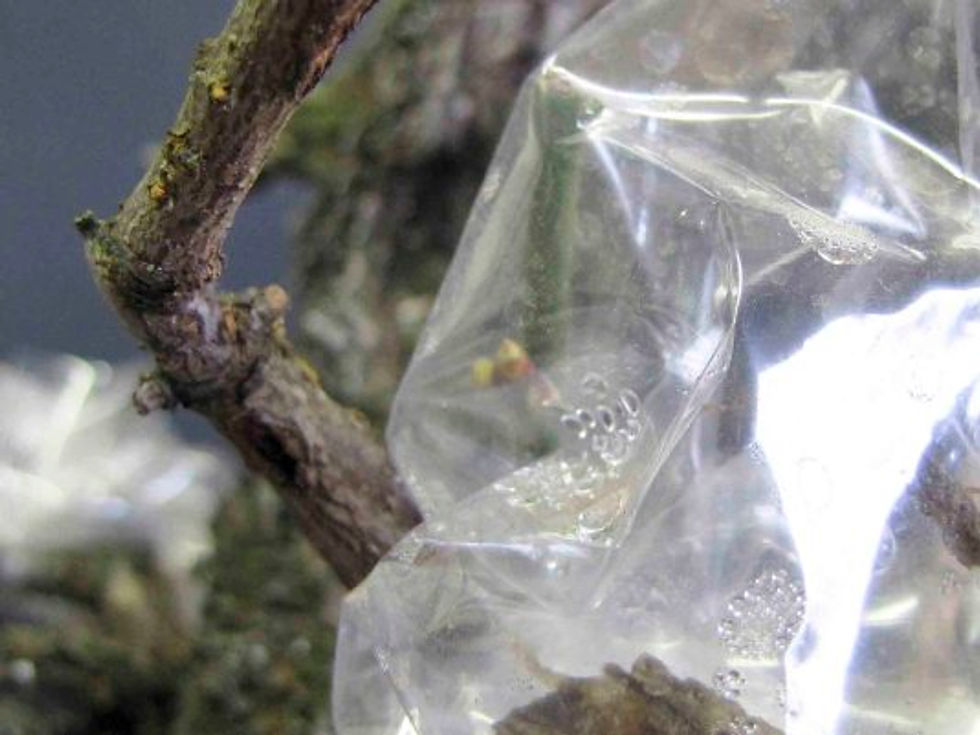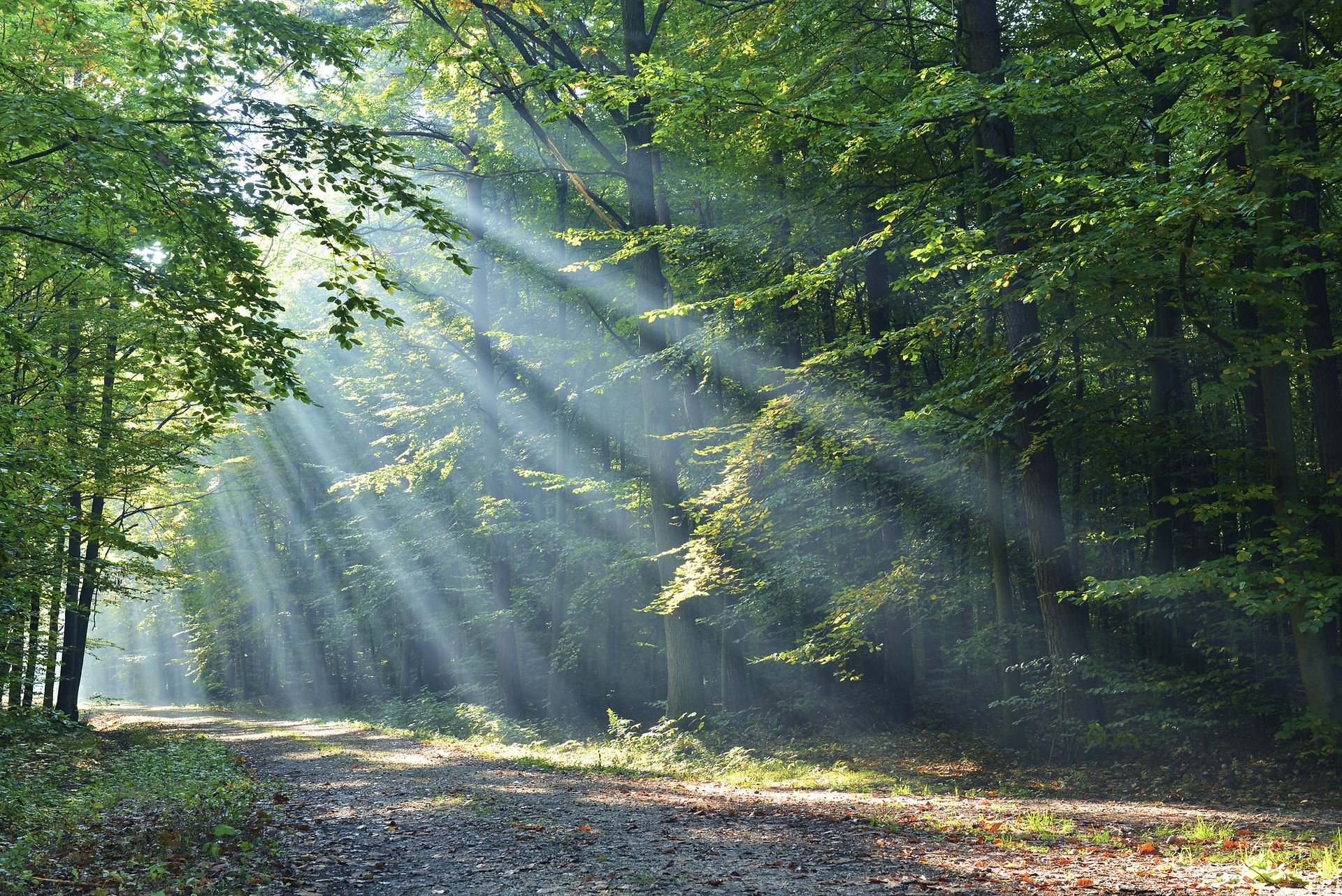Japanese Flowering Plum Basics
- Peter Tea
- Mar 6, 2012
- 6 min read
Updated: Oct 8, 2020

The wait is over! Last year, I’ve gotten many request to write a post about Japanese Flowering Plum and here it is! What better time to talk about them then when they are blooming here in Japan. For this post, I’m going to keep things simple and talk general care and growth habits. I’ve also gone around the yard and took photos of the different styles of flower they produce and will share them with you as well. Since I plan on being in Japan for many more years to come, I will continue to post more about Flowering Plum as I work with them more and more.
Why Do We Like Flowering Plum So Much?
The first answer people would normally give is because of the flowers. I would have to agree that the flowers can be very pretty and plum is one of the few trees that bloom in the Winter. Though we all do like the flowers, they do have other characteristics that we can enjoy as well. Old plum trees tend to have deadwood or hollowed trunks. The bark on the trunks also can get thick and crackly. Seeing the old ones bloom in Winter gives a sense of conflict and harmony at the same time. At first glance, it’s somewhat strange that a old partially dead rugged tree is producing such delicate looking flowers. As you look deeper into the tree, you start to realize how even a rough looking tree can be so beautiful as well. At least, that’s how I feel about them…

Basic Growth Patterns
Before we start developing Flowering Plum, we have to understand their growth characteristics. Once we understand it, we can then come up with a stradegy to work with them and create great Bonsai.
During the Spring, leaf buds start to push and produce leaves while the terminal leaf bud will start to elongate and extend the branch. Some of the leaf buds down the branch will start to elongate and produce branches as well but usually not as aggressive as the terminal end. At the beginning of Summer, the leaves will have hardened off and the tree stops growing. In the Fall, the tree starts growing again but at a much slower rate than the Spring. During the Fall, the leaves will play a big part in producing flower buds, leaf buds or both on each node of the branch. Once Winter arrives, the leaves will start to drop off leaving behind leaf and flower buds. During Winter, the flower buds will start to grow and bloom whereas the leaf buds will sit till the following Spring to grow new leaves and branches.
*Note: Flower buds will only grow on that year’s new growth. The tree normally doesn’t back bud on old wood.*
Lets Talk Flowers
Before I get into the flower portion of the tree, there are some terminology that are important to know. This way, I can refer to specific parts of the flower and you’ll know what I’m talking about. Plus, it probably doesn’t hurt to know a bit of plant biology while we’re at it. Check out the picture below:

As you may already know, there are many different types of flowers that a Flowering Plum can produce. There are two basic categories when it comes to the flowers. There are ones that have only five pedals and those that have more then five pedals creating more of a ruffled look. Some flowers are natural and some are hybrids. Here are some photos of the different flowers we have at Aichi-en.
*Tip: When cutting branches off, if the inside of the branch is red, then the flower will be red. If the inside of the branch is green, then the flowers can be any color.*







I Have a Flowering Plum But it Doesn’t Flower. Why?
Flowering Plum will not flower because of two reasons. Either the tree is too weak or the tree is too young. The first part is easily fixed by better care and growing techniques, which includes good soil, good water and food. Most of the time though a Flowering Plum doesn’t bloom because the tree itself is too young.
In Japan, most Flowering Plums are grafted early on in life. Since people want the flowers, they would take a branch that is know to flower from another tree and graft it to a young root stock. This way, the tree will immediately start blooming. Unlike other flowering trees that may take 1-15 years before they bloom, Flowering Plum is much more unpredictable. So far, it seems that a tree will start to bloom somewhere between 20 year and 100+ years! I know this to be true because we have a Flowering plum that was grown from seed in the yard that is over 100 years old and one of the lower branches still won’t bloom. This unpredictability is the reason why people tend to graft instead.
Here is a trick if you want to know if your Flowering Plum will bloom in the Winter. During the growing season where there are leaves on the tree. Rub a leaf and feel the texture. If the leaf is smooth, that means that branch is going to bloom. If the leaf is rough, that means no blooms on that branch.
Flowering Plum Bonsai Work
Here are some of the different things that are done to Flowering Plum during the year:
After the tree finishes blooming (Spring), the branches can be cut back. This is also the time to repot the tree if needed. Flowering Plum likes a lot of water so be sure to use a soil mix that holds a lot of water. Here at Aichien, we use 70-80 percent Akadama in the soil mix for Plums.
After the leaves harden off in May, the tree can be cut back again if needed.
May is the time when the tree can be wired as well. Aluminum wire is normally used to wire ume but I’ve seen people use copper as well. Flowering Plum branches can be very brittle so be careful when bending them. The branch almost gives you no warning before they break.
The leaves can be defoliated after they have hardened of (May) as well. This technique is used to force the tree to produce more leaf buds, thus producing more branches. The downside is that there won’t be as many flower blooms in the Winter.
During the Fall and Winter, there isn’t much work on the tree other then spraying pesticides, watering and feeding the tree.
Usually when professionals spray fungicide/pesticides on a Flowering Plum, they don’t hold back. Flowering Plums tend to get drenched during spraying. This goes to show how easy they can be attacked by fungus/insects.
The Tricky Part About Cutting Back
Unlike other deciduous trees, you cannot cut back a Flowering Plum and expect it to back bud. The tree will rarely backbud on old wood. When cutting back, it’s all about cutting back to a leaf bud. If you cut back to a point on the branch where there are no leaf buds, the entire branch will die off.



As you can see from the three examples above, it is very important that we recognize what a leaf bud is before pruning our Flowering Plums. Always cut back to a leaf bud. We will normally cut back to at least two leaf buds but depending on the circumstances, we may cut back to just one leaf bud.
After cutting the tree back, it’s always a good idea to seal the cuts with cut paste. This will help keep the tree safe from fungus attacks. If you plan on cutting multiple trees, be sure to clean your tools with alcohol to prevent the spread of disease from one tree to the next.
Air Layering
Air layering a Flowering Plum is almost impossible. These trees will not air layer very easily. It’s easier to approach graft roots instead.
Grafting
Since Flowering Plum doesn’t normally back bud, they tend to get leggy after many years of growth. That is where grafting comes to play. When a Flowering Plum get’s too leggy, people will cut the new growth off the tree and graft it into the old wood. The best time to graft is in February or September (Early Spring or early Fall).


Two Flowering Plum Examples From Kokufu-Ten


There ya go! Some basic Flower Plum information to get you started. As the year progresses and I take more photographs, I’ll write more post that focuses on the shapes, styles and pot selections for Flowering Plums. I hope this helps you have a better understanding of plum basics and gives you an idea of when different types of work can be done to them at different times of years. More to come in the future!
I hope that you noticed that both Flowering Plum Bonsai examples are in a glazed and clay pot. Which is correct? or are both correct? HUM???… Think about it for a bit… We’ll talk about that in the future.
Thanks for reading and learning with me!

Comments